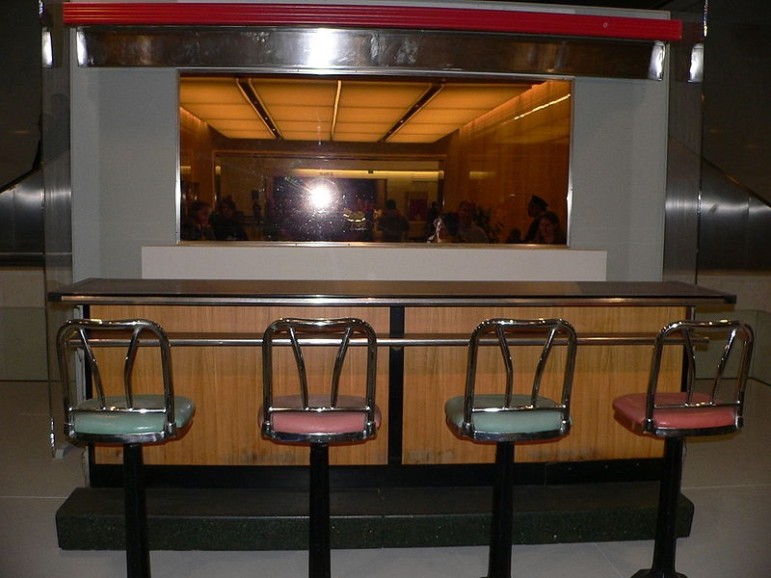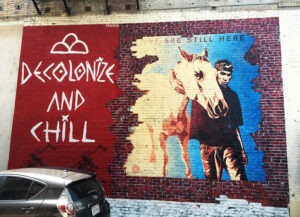
Visual art has always been a part of social change movements—it may disturb, but it is out of disturbance that social change is often made.
According to the New York Times, Ashley Powell, a graduate student in the Arts Department at the State University of New York at Buffalo, hung cardboard-and-paper signs saying “black only” and “white only” around the campus, starting a little before noon on Wednesday, September 16th. Seventeen signs were placed in several buildings on campus, next to elevators, benches, bathrooms, and water fountains.
Ms. Powell said the art project was intended to “provoke a searing conversation.” Indeed, Ms. Powell’s project did not go unnoticed. According to the Spectrum, the independent student paper at SUNY Buffalo, “University Police received 11 calls from students. […] Many students took to social media to voice their opinions. Several students said the signs disgusted them while others were simply shocked that this was happening on campus.… [A] junior African American studies major said the signs caused cultural trauma and her initial reaction was that she didn’t feel safe.”
Ms. Powell, who is herself black, explained her rationale for the installation, which she titled “Our Compliance,” in a statement she issued at a special meeting of the university’s Black Student Union:
Our society still actively maintains racist structures that benefit one group of people, and oppress another. Forty to fifty years ago, these structures were visibly apparent and physically graspable through the existence of signs that looked exactly like the signs I put up. Today these signs may no longer exist, but the system that they once reinforced still does.
Sign up for our free newsletters
Subscribe to NPQ's newsletters to have our top stories delivered directly to your inbox.
By signing up, you agree to our privacy policy and terms of use, and to receive messages from NPQ and our partners.
As the university community learned that the signs were just a work of art, reactions were mixed. One university graduate said, “After I got a gist of what happened, no one understood the problem. Everyone attacked [Powell] for awakening us and acknowledging the fact that white people didn’t care about the signs and we are still hurt.” Another, a freshman biomedical sciences major, said she was appalled; no matter Powell’s intention, there was no excuse for the signs to be put up in 2015.
John DellaContrada, the university’s associate vice president for media relations and stakeholder communications, issued a statement on behalf of the university:
We are committed to ensuring that the University at Buffalo is welcoming and supportive of all members of our community. On a daily basis our faculty and students explore sensitive and difficult topics in an environment that values freedom of expression, and this week’s student art project is generating considerable dialogue. The university is encouraging our community to discuss how we negotiate the boundaries of academic freedom in a safe and inclusive environment that values freedom of expression and further builds a culture of inclusion.
That two words printed on paper signs were able to cause such a deep response on both an individual and an organizational basis seems to indicate that racism still has a presence even long after many legal barriers have fallen away. In fact, the depth of the reaction, causing fear, tears and anxiety, would seem to be an indication of the distance we still have to go to fully eliminate the divide between black and white America.
But is the depth of the reaction and the hurt that it caused worth the lesson Ms. Powell saw her art teaching? Ms. Powell strongly stands behind her work. Her statement to the BSU included this recognition of the impact of her installation: “I apologize for the extreme trauma, fear and actual hurt and pain these signs brought about. I apologize if you were hurt, but I do not apologize for what I did.”
We would love to hear from readers on this.—Martin Levine












